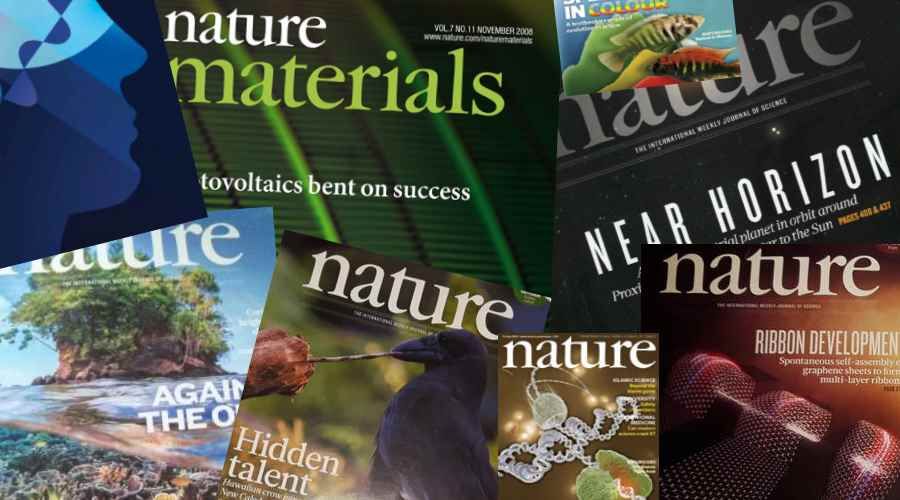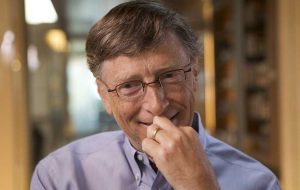
10 people who shook up science in 2016
Writing „Nature” is one of the oldest and most respected scientific journals in the world. The first issue was published in 1869. The editors of a weekly magazine were tempted to compile a list of osób, whichóThe biggest impact on the development of theój science in the past year.
Topping the list was Professor Gabriela Gonzalez, whoóra informed the world about the discovery of gravitational waves. Their existence was predicted 100 years ago by Albert Einstein. This is undoubtedly the most momentous scientific achievement of 2016. This was done at the Laser Interferometer Gravitational-Wave Observatory (LIGO).
Next on the list is astronomer Guillem Anglada-Escudé, któhe first to spot the circulatingóThe star Proxima Centauri, the planet Proxima b. The planet is located in the so-called. ecozone, or conditions suitable for human habitation. Proxima b is a rocky planet orbiting aroundóthe red dwarf. It’s slightly more massive than Earth. It is the closest planet to us outside the solar system, któwhich is suitable for life.
WyróDemis Hassabis was also honored for his contribution to the development of theój artificial intelligence. Hassabis is the co-founder ofóHe’s the founder of DeepMind, a company thatóra developed the AlphaGo algorithm. This program beat the champion of the Chinese go game. When a computer beat Garry Kasparov at chess, he wasóIt was thought that the program would only prove its intelligence inówhen it defeats the master go. And it happened in March this year.
Epidemiologist Celina Turchi was róShe was awarded the prize for finding the cause of microcephalyóin Brazilian microcephaly. The culpable problemóThe Zika virus was the most influentialóand the fact that it causes microcephaly and retardationój móof the brain in children.
Praise from the editors „Nature” was also collected by Dr. John Zhang. His work enabled a woman with a genetic disorder to have a healthy baby. This fertility expert has developed a technique to exchange mitochondrial DNA, whichóa healthy baby boy was born. The method also allows a child to be born from three parentsów.
Dr. Kevin Esvelt also made the weekly list „Nature”. ZwróHe highlighted the dangers of using the gene editing methodóin CRISPR-Cas9. With this method, you can easilyób to manipulate human genes. The technique carries huge potential in editing defective genesóThe record is a good one, but it can also be used to develop new kinds ofóin biological weapons. It also marks the beginning of scientific eugenics, whichóThe Zika virus, which in the future will allow parents to decide on their child’s genome.
Next on the list are Professor Terry Hughes and Guus Velders, whoówho have contributed to the fight against rising mórz and the oceanów. The first of these alerted the world and showed the dire consequences of warming inód on the example of the death of the Great Barrier Reef. The other pushed through an international law prompting the cessation of gas productionów known as hydrofluorocarbons, whichóThe greenhouse effect.
The list also included Elena Long. She is a campaigner against discrimination in the scientific community osób belonging to sexual minorities.
At the end of the list „Nature” ranked Alexandra Elbakyan, whoóThe Sci-Hub website has illegally made available about 60 millionóin scientific papers.

